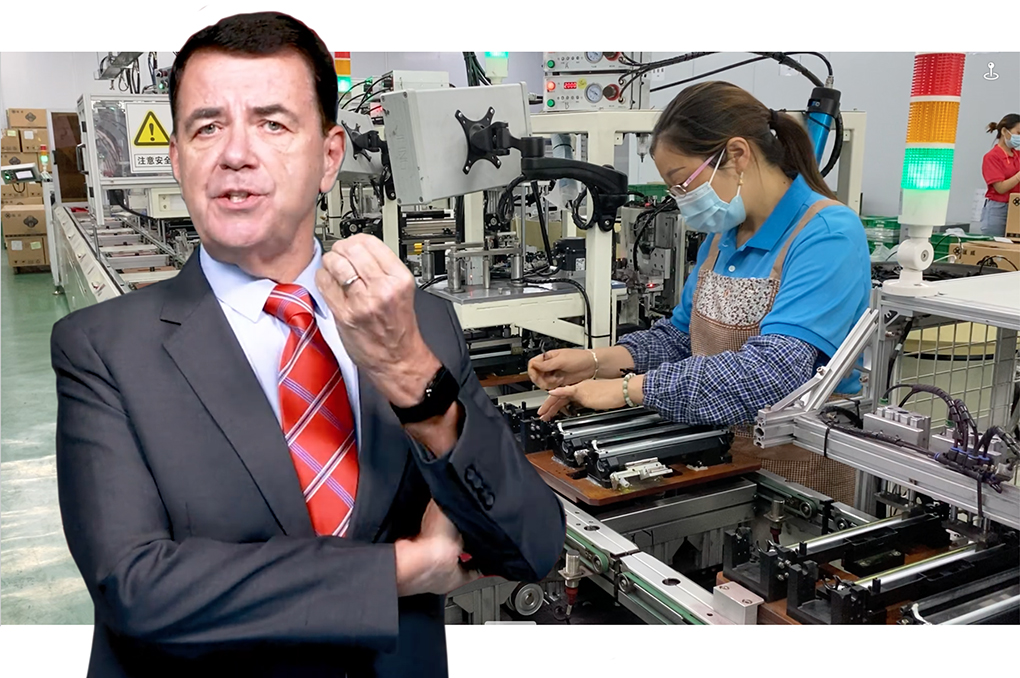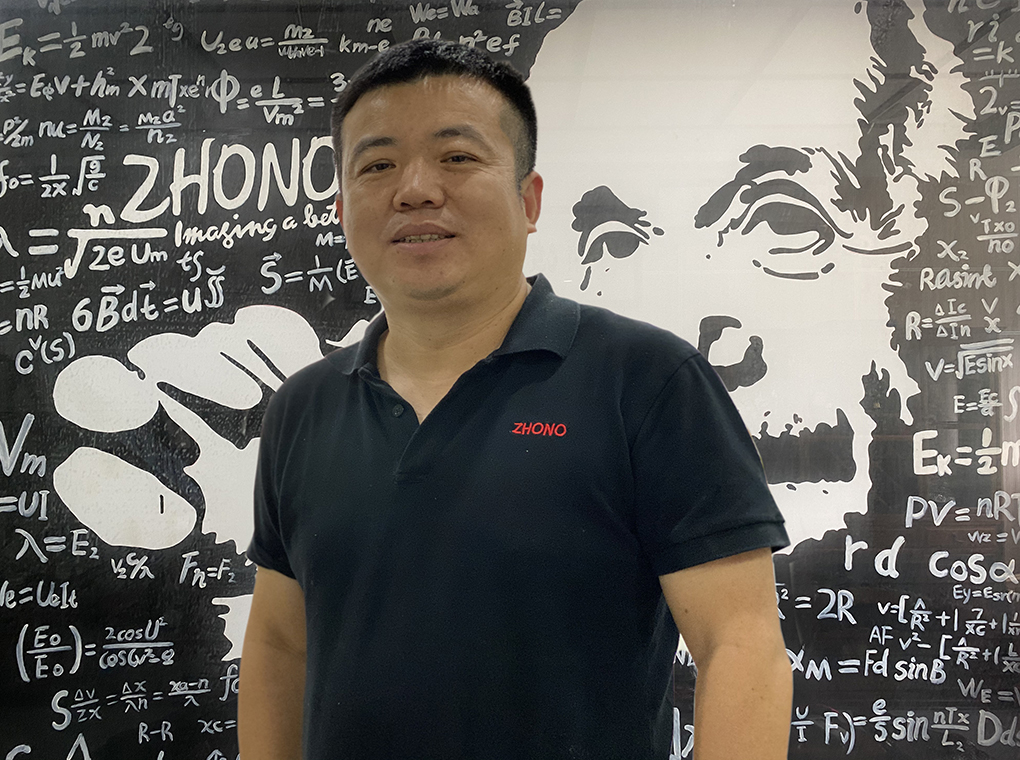Some Quick Ink Facts I Bet You Never Knew
Some Quick Ink Facts I Bet You Never Knew
 The first patent was issued in 1772 in England for the making of colored inks, but it wasn’t until the 19th century that chemical drying agents appeared, making it possible to use a wide variety of pigments for colored inks.
The first patent was issued in 1772 in England for the making of colored inks, but it wasn’t until the 19th century that chemical drying agents appeared, making it possible to use a wide variety of pigments for colored inks.- The earliest inks known to man were probably made with lampblack, a kind of soot that could be easily collected as a by-product of fire.
- Chinese inks date back more than 10,000 years to the Chinese Neolithic Period and were made from plants, animals, and minerals including graphite which was ground with water and applied with ink brushes.
- India ink was first invented in China using materials that were often traded from India. The traditional Chinese method of making the ink was to grind a mixture of hide glue, carbon black, lampblack, and bone black pigment with a pestle and mortar, then pouring it into a ceramic dish to dry.
- Ink was used in Ancient Egypt for writing and drawing on papyrus from at least the 26th century BC.
- Invisible ink is a substance used for writing, which becomes invisible upon application, and can only be made visible by applying heat, a second chemical or ultraviolet light.
- Some commercially available fluorescent inks glow very brightly when illuminated using a blacklight or UV light.
- Tattoo inks consist of pigments combined with a carrier and are available in a range of colors that can be thinned or mixed to produce other colors and shades.
- Electoral ink is a semi-permanent ink or dye that is usually applied to the forefinger of voters during elections to prevent electoral fraud such as double voting. First used during the 1962 Indian general election, election ink uses silver nitrate, and excessive exposure can cause argyria.
 David Gibbons has 46 years of experience, knowledge and skills in business (management, consultancy, strategic planning) and communication (teaching, event management, fundraising, journalism, broadcasting and new/digital media—social, website, app development). He started and ran a successful cartridge remanufacturing business in Sydney and was also the Executive Officer of the Australasian Cartridge Remanufacturers’ Association for 7 years.
David Gibbons has 46 years of experience, knowledge and skills in business (management, consultancy, strategic planning) and communication (teaching, event management, fundraising, journalism, broadcasting and new/digital media—social, website, app development). He started and ran a successful cartridge remanufacturing business in Sydney and was also the Executive Officer of the Australasian Cartridge Remanufacturers’ Association for 7 years.
In 2011, Gibbons relocated to RT Media in Zhuhai, China where he has been a director responsible for strategic planning, senior management, event planning, marketing, broadcasting and magazine publishing on behalf of the global imaging supplies industry. He is certainly aware of the challenges of remanufacturing in China.
His other blogs include:
- Some Quick Ink Facts I Bet You Never Knew
- Anger Over Exaggerations Lies and Deceit
- Invention—”Doing Our Part in Order to Create a Better Future”
- Einstein: Discovering the Impossible
- Defending OEM Brands Globally
- Coming of Age Determines What Happens Next
- Mito Queen of Color Shares Market Insights
- Eric Zhang Shares His Vision for Ninestar
- The Challenges of Remanufacturing in China
- Can the Chinese Really Deliver What the Rest of Us Want?
- Using Chip Technology to Control Consumer Choice and Markets
- 5 Quick Questions: Investing in Your Supply Chain
- Are You the Missing Link in the Industry Chain Berto Asks
- 6 Quick Questions: E-commerce and the New Normal: Interview with Aaron Leon
- Bike Courier Services Boom in China During Coronavirus
- Meeting the Market’s Changing Demands: SCC Responds
- Dealing with Printer Firmware Upgrades: Megain’s Wang Hua
- Best Position Ever – Serving Customers During an Economic Slowdown
- Where were you in 2019? Everything is About to Change
- A Misplaced Australian in China – a different world view
- Have you seen the news?
- To Be? Or Not to Be? … But that’s NOT the Question
- What the Dickens? Americans used to abuse IP rights too.












Leave a Comment
Want to join the discussion?Feel free to contribute!